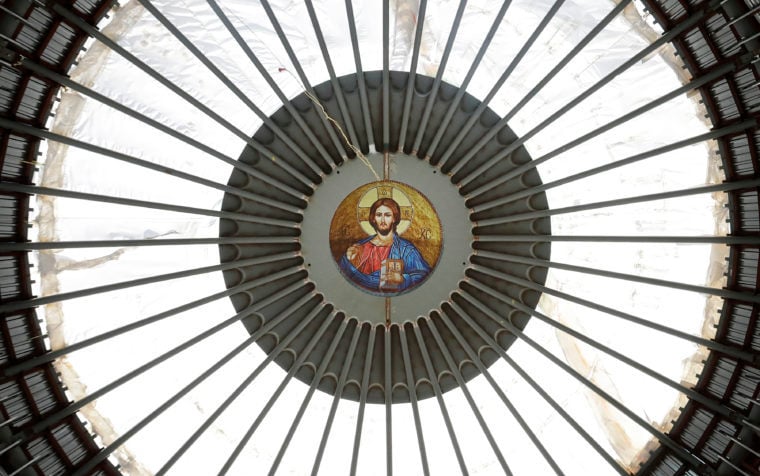
The story of Orthodox Christianity in the USA dates back to the late-18th century in Russian Alaska, runs through the immigration of Orthodox Greeks in the 19th and 20th centuries and reaches our time with the Greek Orthodox Archdiocese of America (GOA) and the Orthodox Church of America (OCA).
While its birth is well documented through the centuries, there is a lot of debate concerning the size of the US Orthodox Christian community.
According to the 2010 “Orthodox Church Today” research, Orthodox Christianity in the USA accounts for about 1,2 to 1,3 million faithful, worshiping in 2,200 – 2,300 local parishes (congregations) spread all across the US, although other accounts estimate Orthodox Christians at around 2 to 3 million.
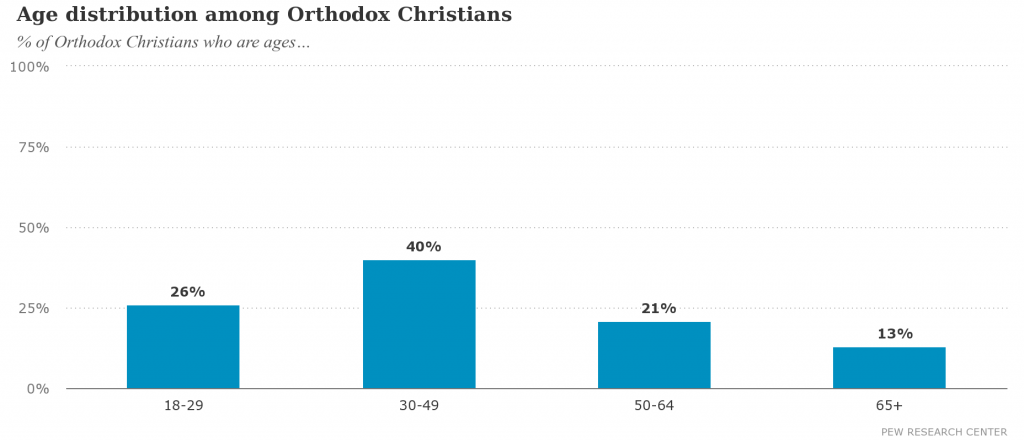
Then there was the Pew Research Center’s second Religious Landscape Study, published in 2014, which attempted a more detailed study of the US Orthodox Christians’ social characteristics.
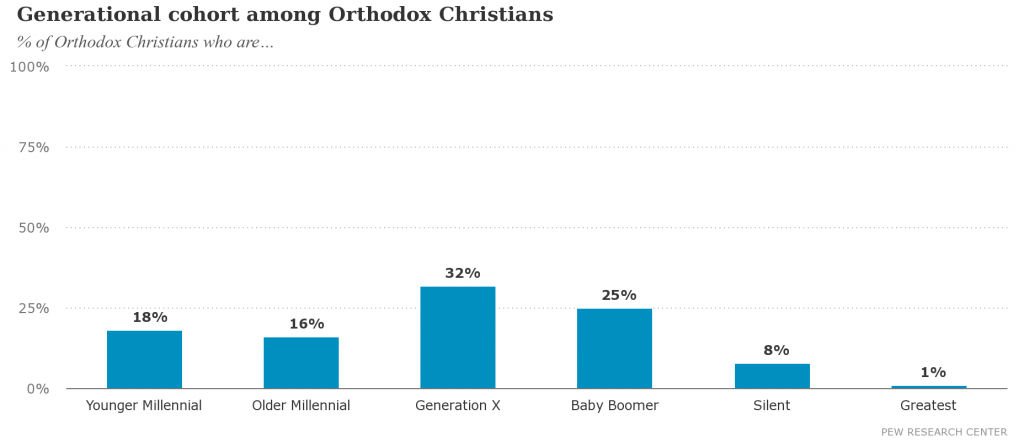
Among survey respondents, only 25% were baby boomers, only 8% from the silent generation, and a full 31% had never married (66% are Gen-Xers or Millennials), while 9% are divorced, 6% are widowed, and 5% are cohabiting with partners.
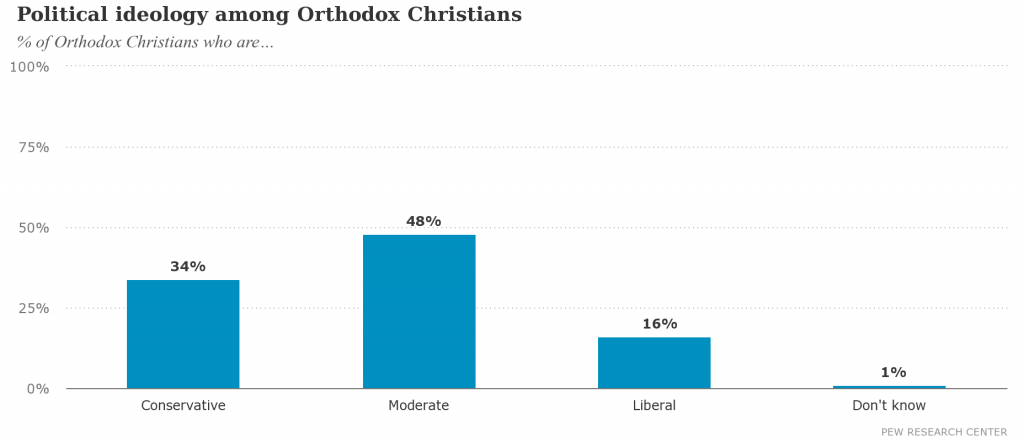
One of the most interesting results of the survey came in response to the following question: “When it comes to questions of right and wrong, which of the following do you look to most for guidance?”
The options given were: (1) Religious teachings and beliefs, (2) Philosophy and reason, (3) Practical experience and common sense, or (4) Scientific information.
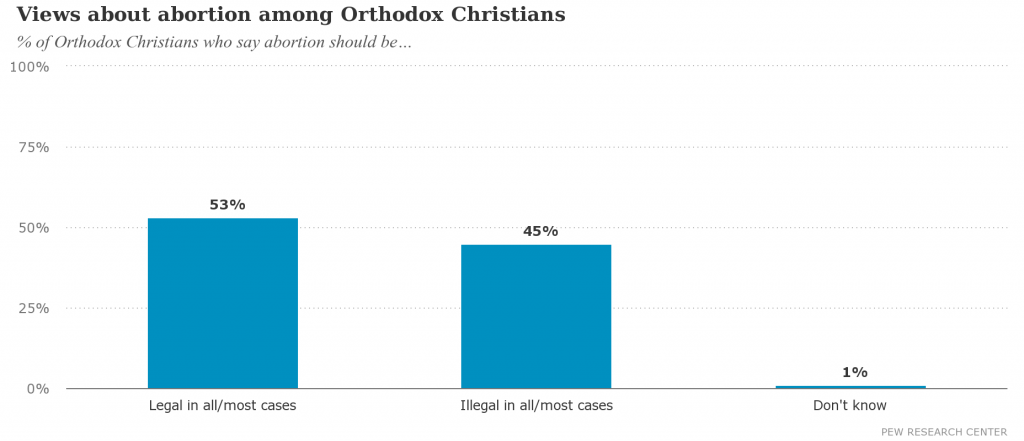
However, only 27% said religious teachings and beliefs were the most important factor in deciding what is right and what is wrong. The vast majority looked elsewhere for guidance: 48% to practical experience and common sense; 14% to philosophy and reason; and 8% to scientific information.
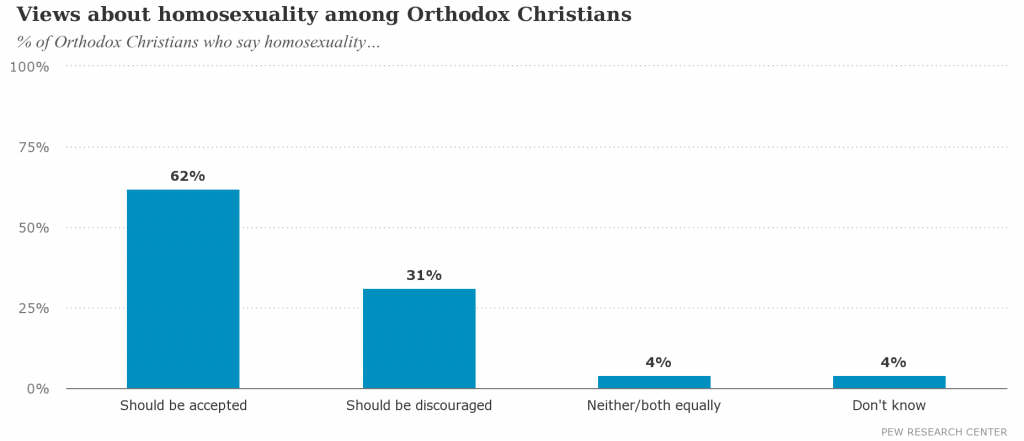
About half (52%) of Orthodox Christian adults in the United States say religion is very important to them, roughly one-in-three (31%) report that they attend church weekly or more, and a slim majority say they pray daily (57%).
U.S. Orthodox Christians are much more accepting of homosexuality than are Orthodox Christians in Central and Eastern Europe. About half of U.S. Orthodox Christians (54%) said same-sex marriage should be legal in the 2014 survey, similar to the share of Americans overall who took that position in that year (53%).
The numbers in the US according to Pew
Nearly half (49%) of U.S. Orthodox Christians identify as Greek Orthodox, 16% as Russian Orthodox, 3% as Armenian Orthodox, 3% as Ethiopian Orthodox and 2% as Coptic/Egyptian Orthodox. In addition, 10% identify with the Orthodox Church in America, a self-governing denomination based in the United States that, despite its Russian and Greek roots, has many parishes that are predominantly Albanian, Bulgarian and Romanian. Another 8% of Orthodox Christians in the U.S. say they are Orthodox without specifying further (6%) or are ambiguous about their affiliation (2%).13
In all, nearly two-thirds (64%) of U.S. Orthodox Christians are either immigrants (40%) or the children of immigrants (23%), the highest such share of any Christian denomination in the United States.14 Other than the U.S., some of the most common birthplaces for U.S. Orthodox Christians are Russia (5% of the total U.S. Orthodox population), Ethiopia (4%), Romania (4%) and Greece (3%).
By common measures of religiosity, Orthodox Christians in the United States are somewhat less likely than most other American Christian groups to say religion is very important in their lives (52%) and to say they attend church at least once a week (31%). By comparison, 68% of U.S. Christians overall say religion is very important to them and 47% say they are weekly churchgoers.
See all the latest news from Greece and the world at Greekreporter.com. Contact our newsroom to report an update or send your story, photos and videos. Follow GR on Google News and subscribe here to our daily email!



